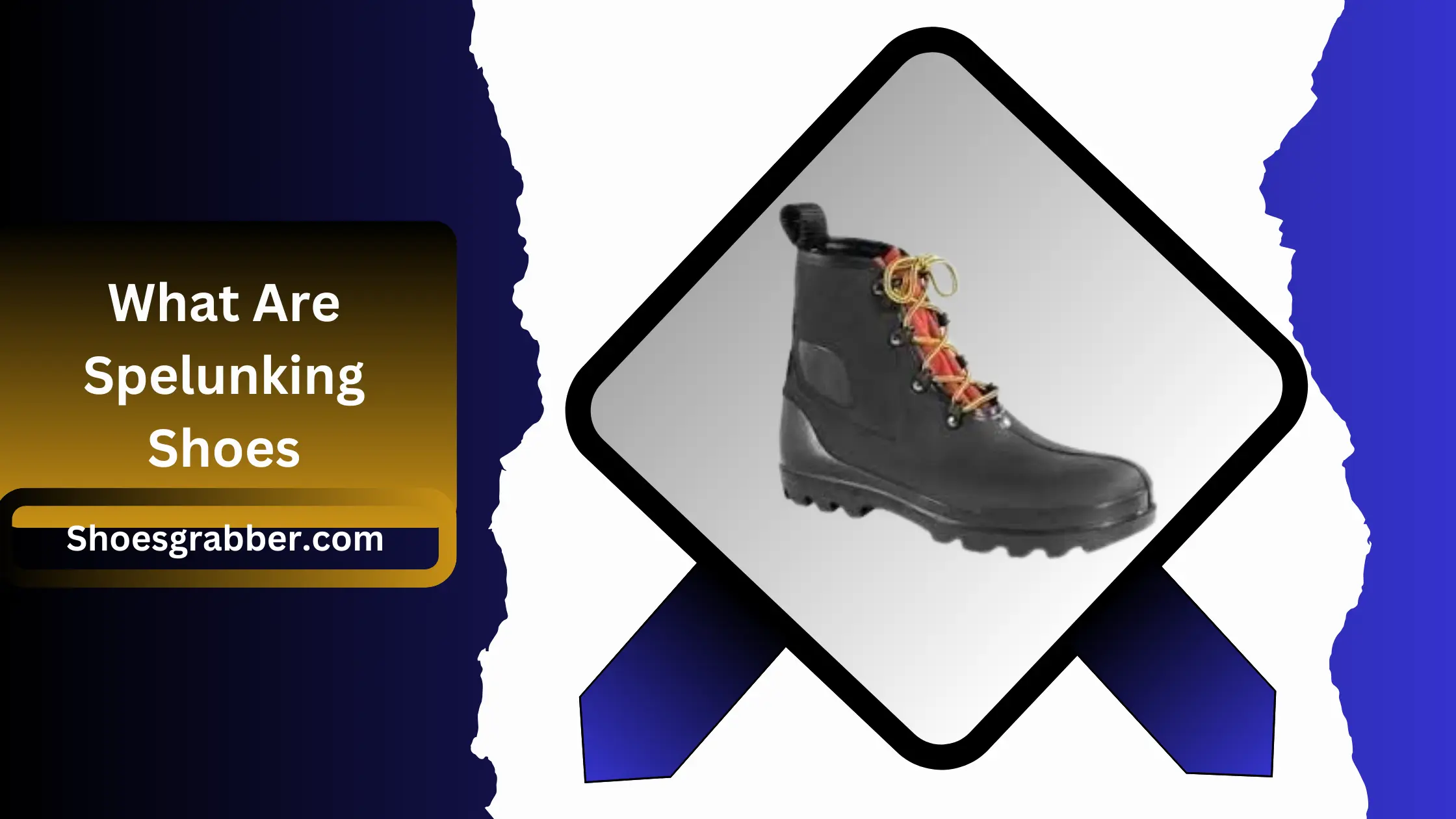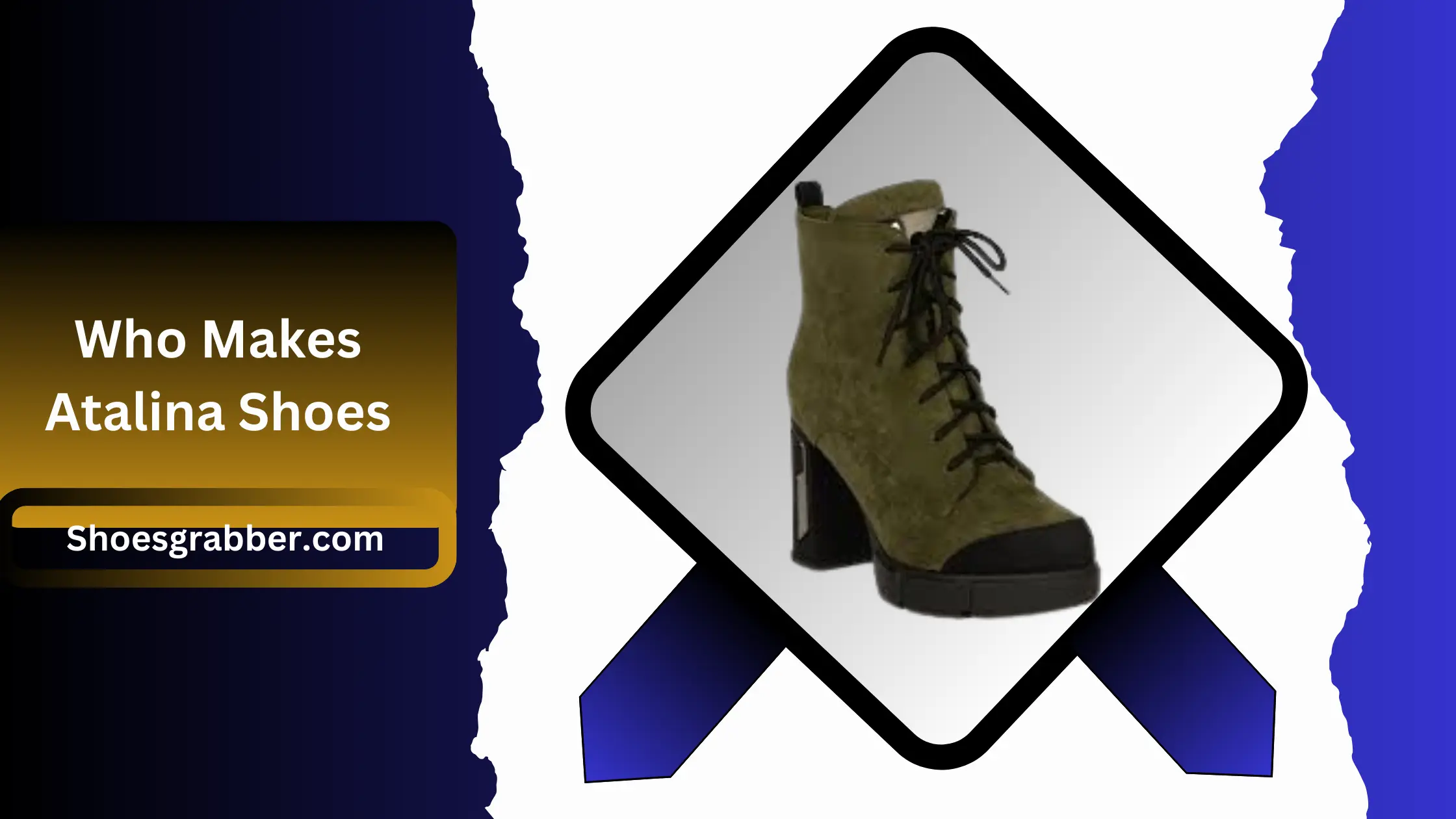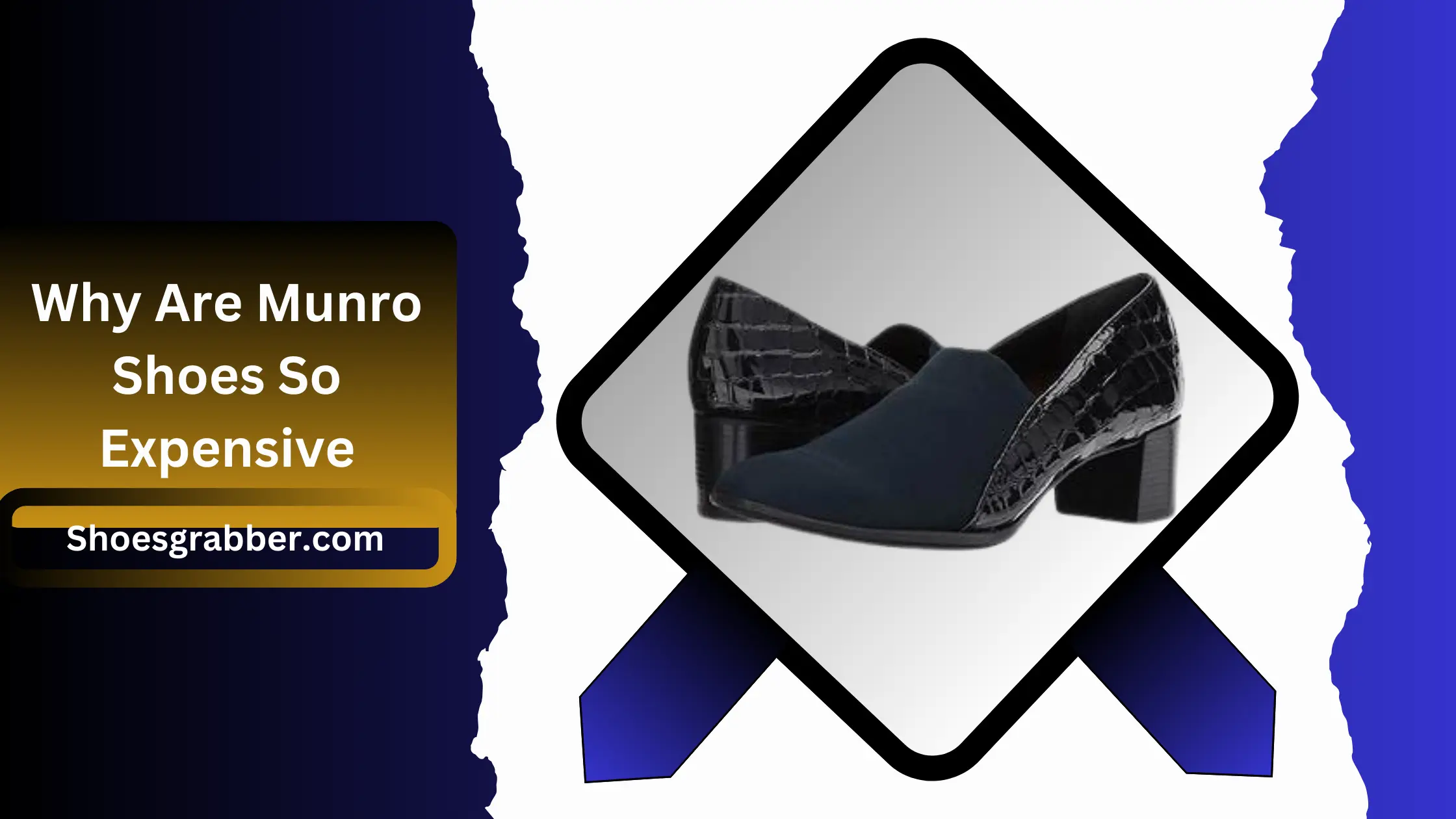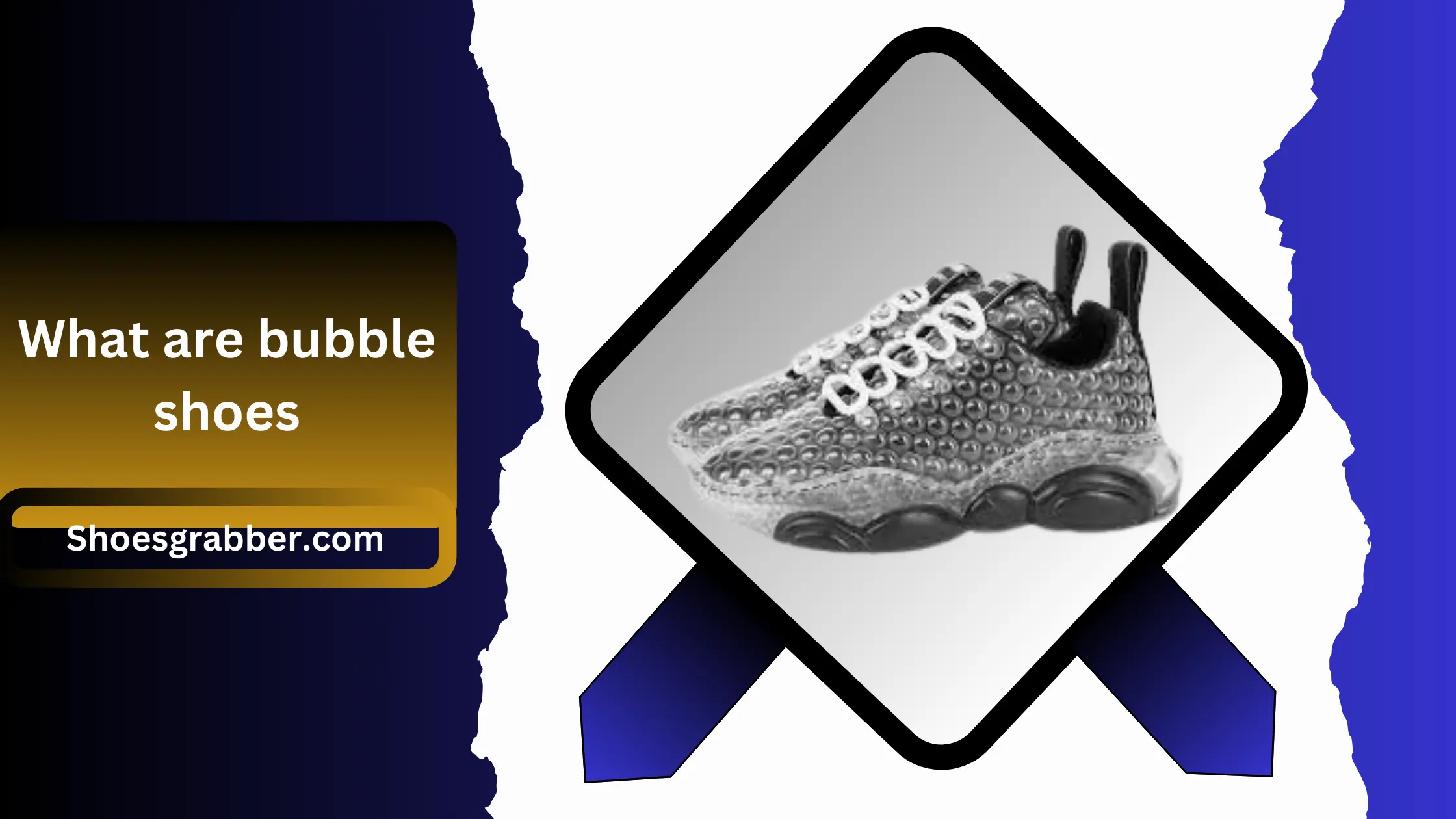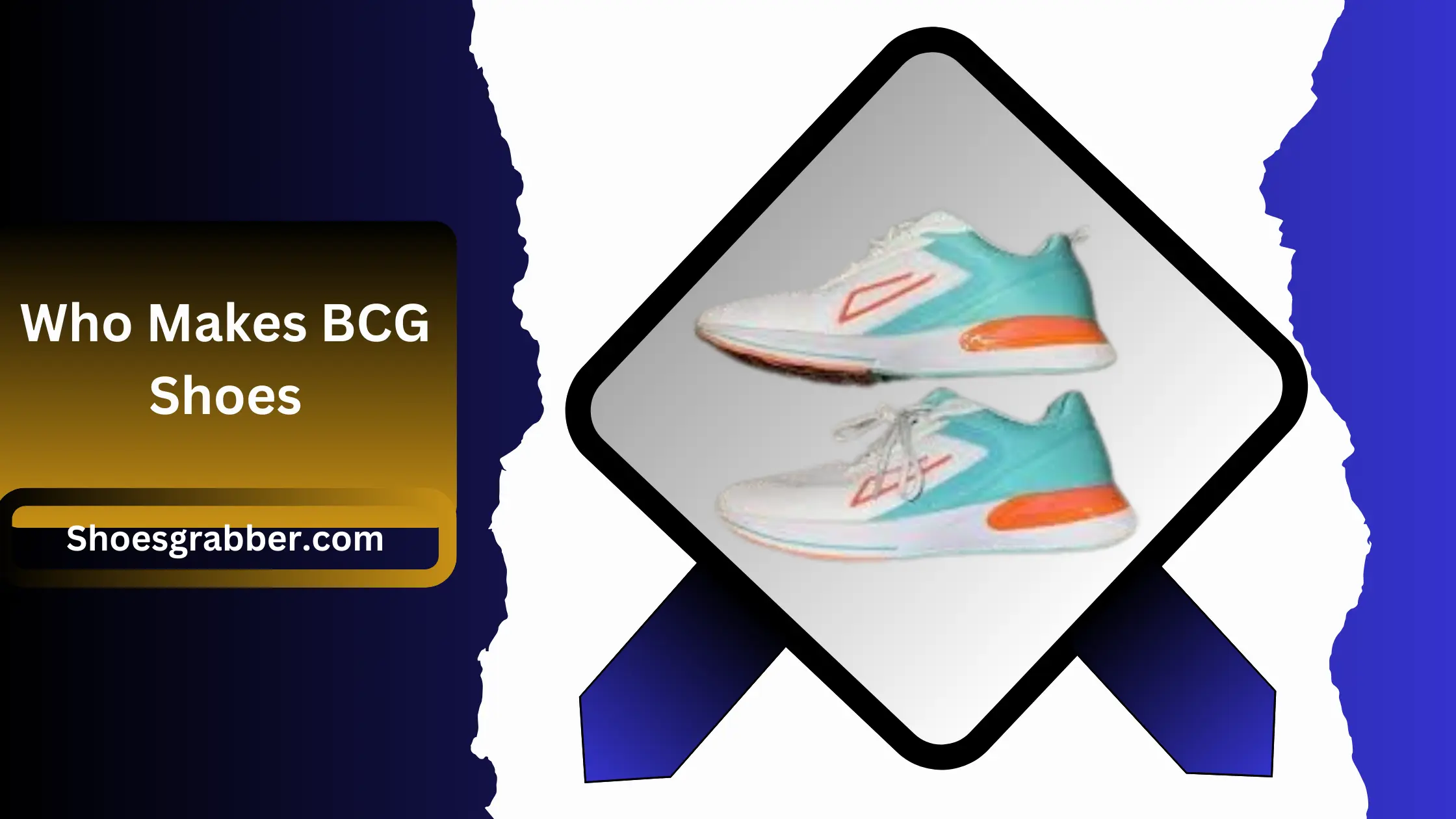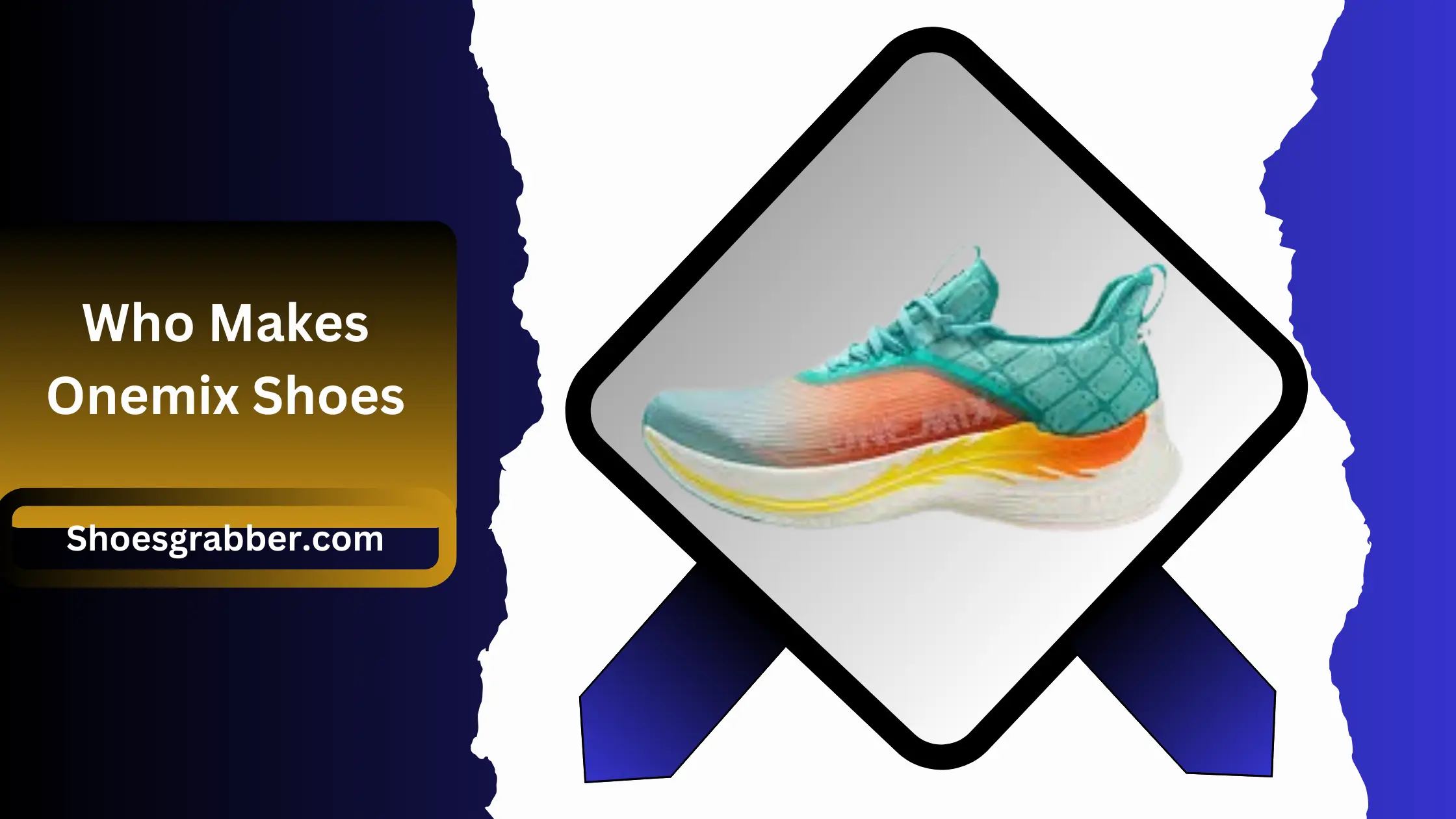Are you an avid outdoor adventurer, always looking for the next great challenge? Or perhaps you’re a first-time explorer curious to take on something new and exciting? Whatever your background or experience may be, spelunking or cave exploration can be a thrilling way to explore unique landscapes in places that few get to venture.
Before venturing deep into the unknown darkness of a cave however, there is one essential piece of equipment that you need: the right pair of shoes. Read on as we cover everything about spelunking shoes from fit and size considerations to recommendations on what models perform best for different terrain so you can select the perfect pair today!
An Introduction To Spelunking Shoes And their Purpose:
Spelunking shoes, also known as caving shoes or cave boots, are specialized footwear designed for the specific terrain and conditions of cave exploration. They provide protection and support for your feet while navigating through rocky surfaces, slippery slopes, and uneven ground. The right pair of spelunking shoes can make a huge difference in your overall experience and safety during a cave excursion.
History Of Spelunking Shoes:
The history of spelunking shoes can be traced back to the early 20th century when cave exploration became increasingly popular. These early cavers used regular hiking boots or rubber rain boots for their expeditions, which were not ideal due to their weight and lack of grip on wet surfaces. Over time, manufacturers started creating specialized footwear that catered specifically to the demands of spelunking and made significant improvements in terms of design, materials, and durability.
Exploring the Different Types of Spelunking Shoes:
Features of spelunking shoes
There are a few different types of spelunking shoes that you can choose from based on your personal preferences and the type of terrain you will be exploring. Some popular options include:
Low-top Shoes:
These shoes offer good ankle support while still allowing for flexibility and mobility. They are perfect for beginner cavers or those exploring caves with less technical terrain.
Mid-top Shoes:
These shoes offer a higher level of ankle support and are suitable for more challenging caves with steep and rugged terrain. They also provide better protection against debris and water.
High-top Shoes:
These shoes offer the highest level of ankle support and are recommended for experienced cavers or those exploring extremely difficult caves with tight passages and vertical climbs.
Approach Shoes:
These shoes are a hybrid between hiking and climbing shoes, designed to provide both traction and support on rocky surfaces. They are suitable for caves with technical approaches and can be used for other outdoor activities such as hiking or bouldering.
Neoprene Boots:
These boots are made of neoprene material, similar to wetsuits, and provide excellent protection against water and cold temperatures. They are ideal for exploring wet caves or those with underground streams.
Rubber Boots:
These boots are made of rubber and offer superior grip on wet surfaces. They are a popular choice for cavers who do not want their shoes to get wet or muddy.
Caving Socks:
These are specialized socks designed for caving that provide warmth, cushioning, and moisture-wicking properties.
Gaiters:
Gaiters are protective coverings worn over your shoes and lower legs, designed to prevent debris and water from entering your shoes. They are a great addition to any pair of spelunking shoes.
Spikes:
Spikes are attachable traction devices that can be added to your shoes for extra grip in icy or slippery conditions.
Crampons:
Similar to spikes, crampons are traction devices that can be attached to your shoes for extra grip on snow or ice.
Headlamps:
While not a direct part of your footwear, headlamps are an essential tool for any cave exploration and provide hands-free lighting in the darkness.
Knee Pads:
For caves with tight passages or crawling sections, knee pads can provide extra protection and cushioning for your knees.
Gloves:
Gloves are a must-have for caves with rocky surfaces or sharp edges, as they protect your hands from abrasions and cuts.
Backpack:
A small backpack can be useful to carry any extra gear or supplies needed during your spelunking adventure.
First Aid Kit:
As with any outdoor activity, it is important to have a first aid kit on hand in case of any accidents or injuries.
Benefits of Using the Right Kind of Spelunking Shoes:
Protection:
Spelunking shoes are specifically designed to protect your feet from the rough and rugged terrain of caves. They offer sturdy construction, reinforced soles, and protective toe caps to prevent injuries from sharp rocks or debris.
Grip:
With specialized rubber soles and traction devices, spelunking shoes provide excellent grip on slippery surfaces, helping you navigate through wet or muddy areas with ease.
Comfort:
The right pair of spelunking shoes will provide comfort and support for your feet, reducing fatigue and discomfort during long cave explorations.
Durability:
Spelunking shoes are made with durable materials that can withstand the harsh conditions of caves, ensuring they last for many expeditions to come.
Safety:
Wearing the right type of spelunking shoes can greatly enhance your safety during cave explorations. They offer stability and protection against potential hazards, reducing the risk of accidents or injuries.
Versatility:
Some types of spelunking shoes, such as approach shoes or rubber boots, can also be used for other outdoor activities, making them a versatile investment.
Caving-Specific Features:
Spelunking shoes often come with caving-specific features such as drainage holes, waterproofing, and reinforced stitching to cater to the unique demands of cave exploration.
Improved Performance:
With the right pair of spelunking shoes, you can navigate through caves more efficiently and with greater ease, allowing you to focus on the adventure rather than struggling with your footwear.
Comfort in Extreme Conditions:
For those exploring caves with extreme conditions such as cold temperatures or underground water sources, certain types of spelunking shoes (such as neoprene boots) can provide added comfort and protection.
Enhanced Experience:
Ultimately, having the right type of speljunking shoes can greatly enhance your overall experience. They allow you to explore caves with confidence and comfort, making the entire adventure more enjoyable and fulfilling.
Examples of Popular Brands of Spelunking Shoes:
La Sportiva:
Known for their durable and high-performance approach shoes, La Sportiva also offers specialized caving shoes such as the “Kataki Spelunking Shoes.
Five Ten:
This brand is well-known for its climbing and approach shoes, but they also offer a range of suitable options for spelunkers, such as the “Guide Tennie Spelunking Shoe.
Salomon:
A popular brand for outdoor footwear, Salomon offers a variety of shoes suitable for caving, including the “X-Alp Explore Spelunking Shoe” with its waterproof Gore-Tex membrane.
Keen:
Known for their durable and comfortable hiking shoes, Keen also offers specialized caving shoes such as the “Explore Mid WP Spelunking Shoe.
Merrell:
This brand offers a wide range of outdoor footwear, including caving shoes like the “Moab 2 Mid Waterproof Spelunking Boot” with its sturdy Vibram sole.
Scarpa:
A trusted brand in the climbing and outdoor community, Scarpa also offers versatile options for spelunkers, such as the “Instinct VS Spelunking Shoe” known for its precise fit and sticky rubber sole.
Lowa:
This brand is known for their high-quality hiking boots, but they also offer caving-specific shoes like the “Renegade GTX Mid Spelunking Boot” with its waterproof Gore-Tex lining.
Mammut:
With a focus on rugged and durable outdoor gear, Mammut offers specialized caving shoes such as the “T Aegility Spelunking Shoe” with its sticky Michelin sole for superior grip.
La Sportiva:
Another popular brand in the climbing and outdoor community, La Sportiva offers caving-specific shoes like the “Spantik Spelunking Boot” designed for cold and wet conditions.
Petzl:
Known for their high-quality climbing equipment, Petzl also offers a range of specialized shoes for spelunkers, such as the “Boreo Spelunking Shoe” with its reinforced toe and heel for added protection.
Tips On How To Take Care of Your Spelunking Shoes:
Clean them after each use:
After a caving expedition, it’s important to clean your shoes to remove any dirt or debris that may have accumulated on the soles and uppers. Use a mild soap and water, and let them air dry.
Store them properly:
It’s best to store spelunking shoes in a cool, dry place where they won’t be exposed to extreme temperatures or direct sunlight. This will help prevent any damage to the materials.
Check for wear and tear:
Before each use, inspect your shoes for any signs of wear and tear, such as loose stitching or worn soles. Replace them if necessary to ensure your safety during your next caving adventure.
Keep them dry:
While many spelunking shoes are designed to be waterproof, it’s important to let them dry completely before storing them. This will prevent any mold or mildew growth and help maintain the integrity of the materials.
Use a waterproof:
If your shoes start to lose their waterproofing abilities, consider using a waterproofer specifically designed for outdoor footwear. This will help keep your feet dry and extend the lifespan of your shoes.
Avoid harsh chemicals:
When cleaning or maintaining your spelunking shoes, avoid using harsh chemicals or solvents as they can damage the materials.
Rotate between pairs:
If you frequently go on caving expeditions, it may be beneficial to rotate between two pairs of spelunking shoes. This will allow them to dry and air out between uses, helping to prevent odors and prolong their lifespan.
Consider resoling:
If your shoes have a durable upper but the soles are starting to wear down, consider getting them resoled instead of purchasing a new pair. This can save you money and reduce waste.
Consult with the manufacturer:
If you have any specific questions or concerns about caring for your spelunking shoes, it’s always best to consult with the manufacturer. They can provide guidance on the best cleaning and maintenance methods for their specific product.
Replace when necessary:
As with any type of footwear, it’s important to replace your spelunking shoes when they are no longer providing adequate support or protection. This will ensure your safety and comfort during your future caving adventures.
Best Practices For Using your Spelunking Shoes Properly:
Break them in before use:
It’s important to break in your spelunking shoes before taking them on a caving expedition. This will help prevent discomfort and blisters during your adventure.
Use the right type of socks:
Wearing moisture-wicking and quick-drying socks can help keep your feet dry while exploring caves. Avoid cotton socks, as they tend to retain moisture and can lead to blisters.
Check the fit:
Make sure your shoes have a snug but comfortable fit, with enough room for your toes to move freely. Tight-fitting shoes can cause discomfort and even injury during long caving trips.Use appropriate shoe laces: Make sure to use high-quality, durable shoelaces that will stay tied and won’t break while caving. It’s also a good idea to double knot them for added security.
Choose the right shoes for the cave:
Consider the terrain, weather conditions, and difficulty level of the cave when selecting your spelunking shoes. For example, you may need more ankle support or waterproofing for a wet and challenging cave.
Know how to use your shoes' features:
If your spelunking shoes have special features, such as sticky rubber soles or reinforced toes, make sure you know how to properly utilize them during your caving expedition.
Keep an extra pair of laces:
It’s always a good idea to have an extra pair of shoelaces in case yours break during your trip. This can save you from being stuck with an untied or loose shoe while exploring a cave.
Pack extra socks:
In case your feet get wet during your caving adventure, it’s always a good idea to have an extra pair of dry socks to change into. Wet socks can lead to discomfort and blisters.
Use gaiters:
Wearing gaiters can help keep debris and water out of your shoes while navigating through caves. This can also prevent unwanted scratches or injuries from sharp rocks or branches.
Practice proper foot placement:
When caving, it’s important to watch where you step and place your feet carefully to avoid slipping or tripping. Pay attention to your surroundings and use your shoes' grip and traction to your advantage.
Always prioritize safety:
Above all, it’s important to prioritize safety when using your spelunking shoes. Make sure they are properly maintained, fit well, and are appropriate for the cave you are exploring. Don’t take unnecessary risks and always listen to your body when it comes to discomfort or potential injury.
Common Mistakes to Avoid When Using Spelunking Shoes:
Wearing them for activities other than caving:
While spelunking shoes may be durable and comfortable, they are specifically designed for the unique challenges of caving. Using them for other activities such as hiking or running can cause excessive wear and tear, reducing their lifespan.
Not breaking them in before use:
Failing to break in your spelunking shoes before a caving trip can result in discomfort and blisters, making the experience unpleasant. Be sure to wear them around for a bit before taking them on an adventure.
Not properly maintaining them:
Neglecting to clean and store your spelunking shoes properly can lead to damage and reduce their effectiveness. Make sure to follow the manufacturer’s instructions for cleaning and storing them.
Not checking for wear and tear:
It’s important to regularly inspect your spelunking shoes for any signs of wear and tear before using them. This can prevent potential accidents or discomfort during your caving trip.
Wearing the wrong type of socks:
As mentioned before, wearing cotton socks can lead to discomfort and blisters while caving. Be sure to choose the right type of socks for your trip to ensure comfort and dryness.
Choosing the wrong size:
It’s important to have a proper fit when it comes to spelunking shoes, as ill-fitting shoes can cause discomfort and even injury during a caving adventure. Make sure to try on different sizes and choose the one that fits best.
Not being prepared for different terrain:
Different caves will have varying levels of difficulty, moisture, and terrain. Make sure to choose the appropriate spelunking shoes for the specific cave you are exploring to ensure safety and comfort.
Neglecting to replace when necessary:
As with any type of footwear, it’s important to replace your spelunking shoes when they are no longer providing adequate support or protection. This will ensure your safety and comfort during your future caving adventures.
Not seeking guidance from the manufacturer:
If you have any specific questions or concerns about caring for your spelunking shoes, it’s always best to consult with the manufacturer. They can provide guidance on the best cleaning and maintenance practices for their specific product.
Not adjusting shoe laces properly:
Improperly tied or adjusted shoe laces can lead to discomfort and even accidents while caving. Make sure to adjust them for a snug but comfortable fit, with enough room for your toes to move freely.
Conclusion:
In conclusion, spelunking shoes can help make your caving adventures a bit more enjoyable and safer. They offer increased traction, protection from sharp objects and provide much needed ankle support. Even if you’ve held off on purchasing any specialized caving shoes, you should seriously consider investing in at least one pair.
There’s no better way to test the thrilling depths of a cave or explore the unknown than with a reliable set of spelunking shoes! So don’t hesitate; next time you plan out your spelunking adventure, grab a pair of high-quality slips resistant and shock absorbent shoes to keep you safe and stylish while exploring the underground you won’t regret it!
